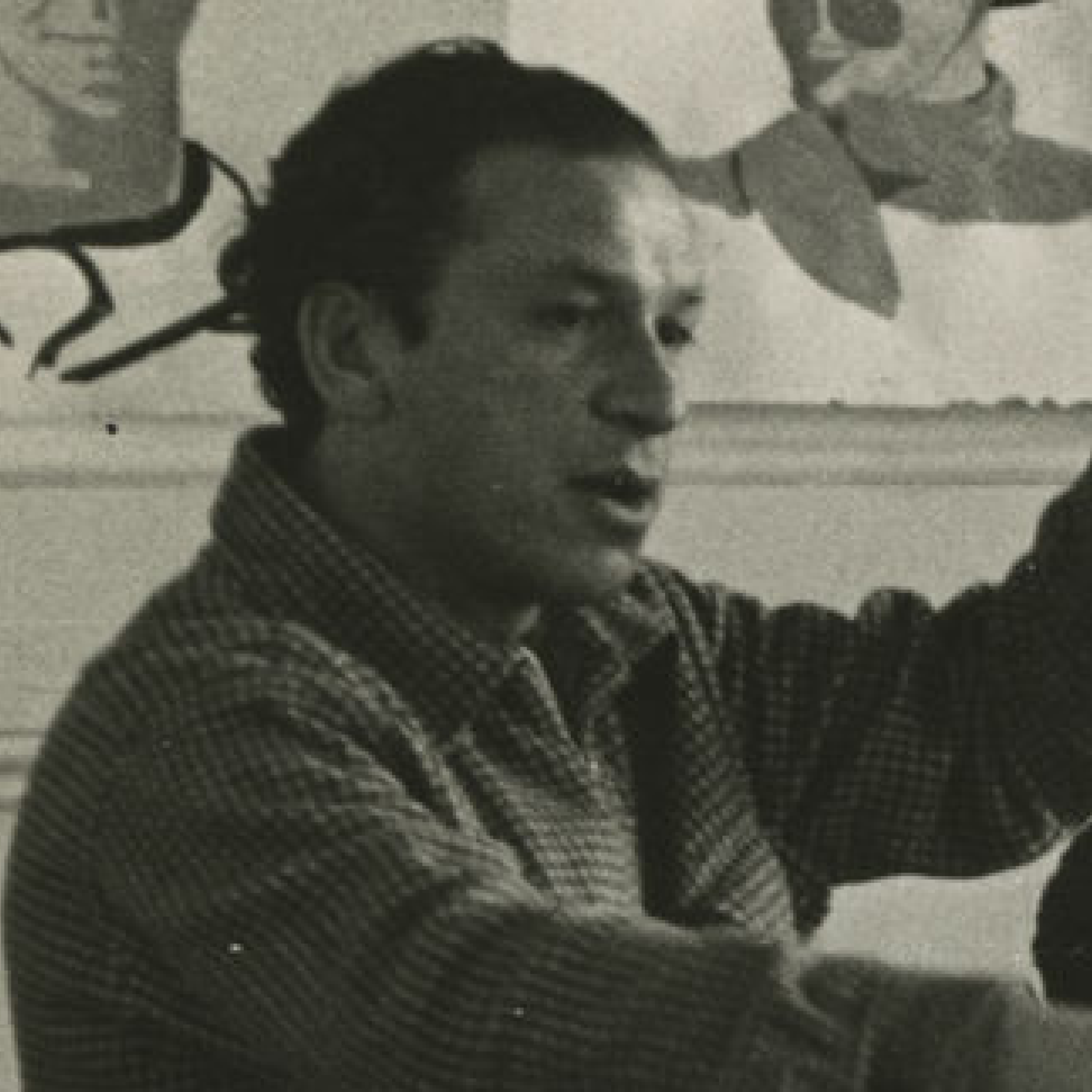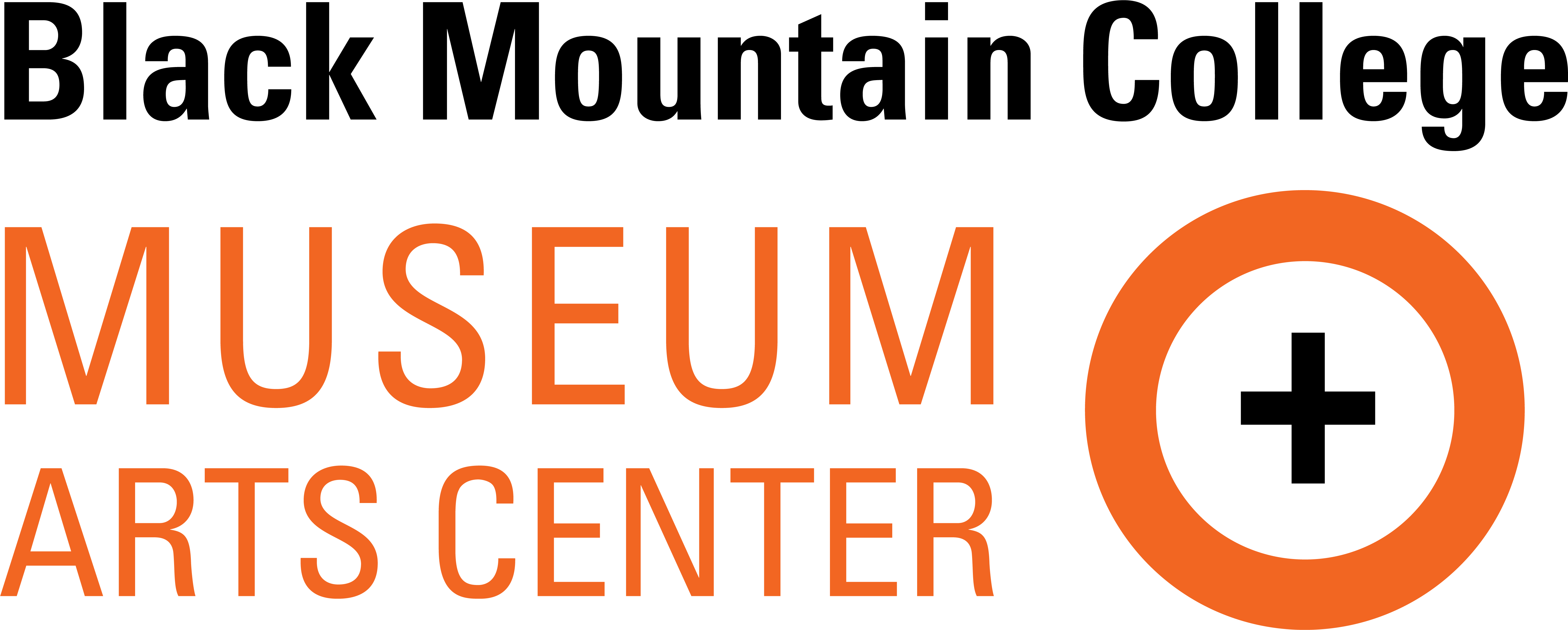Alexander "Xanti" Schawinksy

Crop of Xanti Schawinsky teaching a portraiture class. Photo by Helen Post Modley. Courtesy of Western Regional Archives.
Danse Macabre, 1938. Courtesy of Western Regional Archives.
FOCUS
Art/ Design/ Craft
ROLE
Faculty
ATTENDANCE
1936 - 1938
BIRTH
1904-03-26
Basel, Switzerland
DEATH
1979-09-11
Locarno, Switzerland
"Alexander “Xanti” Schawinsky was born in Switzerland. In his late teens, he worked in an architect’s office, before enrolling in the Bauhaus in 1924. It was an enriching experience for the versatile Schawinsky who, in addition to honing his skill in design, thrived in many aspects of the theatric arts, creating elaborate sketches and paintings for costumes and set design.
In 1933, Schawinsky, whose parents were Jewish and of Polish heritage, fled Germany, eventually ending up in Italy in order to paint. In Milan, he worked for an advertising firm designing eye-catching posters for a number of influential clients. He also met a group of young Italian abstract painters and had his work shown at the Galleria del Milione. In fact, he contacted former Bauhauslers Paul Klee, Wassily Kandinsky, Lazlo Moholy-Nagy, and Josef Albers who all had solo exhibits at the Galleria in 1934 and 1935.
Schawinsky arrived in North Carolina in the fall of 1936 when Black Mountain College appointed him as an instructor of arts for the academic year. He and Josef Albers discussed Schawinsky’s course offerings. In addition to painting and drawing, Schawinsky was given the freedom to offer other classes and was allowed a week and a half to become familiar with the liberal arts course of study, not as well-known in Europe.
Encouraged by the sense of experimentation at Black Mountain College, and drawing upon ideas from his days at the Bauhaus, Schawinsky suggested adding a class in stage craft to the curriculum, not to train actors or directors, but rather to have students become familiar with “space, form, color, light, sound, music, movement, time etc.” He was known for the creation of the Spectrodrama.
As both an artist and a dancer, his idea can be thought of as “danced pictures.” Additionally, Schawinsky taught architecture, typography, and printing. He secured a second-hand printing press and type from his associate Robert Leslie in New York. Schawinsky’s wife, Irene (1903–1990), was also a former Bauhaus student. She immersed herself in the Black Mountain College experience, enrolling in classes and using skills gained as a dressmaker, taught classes in seam-stressing.
The Schwasinskys were at a Black Mountain College at a time of dissent among faculty. After receiving an offer from former Bauhaus instructor Lazlo Moholy-Nagy, they relocated to Illinois to teach at the Chicago School of Design. In 1938, working with Bauhaus colleagues Walter Gropius, Marcel Breuer, and Herbert Bayer, Schawinsky helped design pavilions for the World’s Fair. His “Faces of War” series created in 1940 are a group of striking images of mechanized human likenesses depicting both the horror of war and human and industrial elements working together. Following World War II, he taught university classes in New York City, and had his work featured in individual and group exhibitions in America and abroad. A highlight of his later years was the costuming and set design for a performance of the Prokofiev ballet, Tale of the Stone Flower.
Biography written by the Western Regional Archives and shared on their blog.
Relationships
Wife: Fellow BMC faculty, Irene Schawinsky


